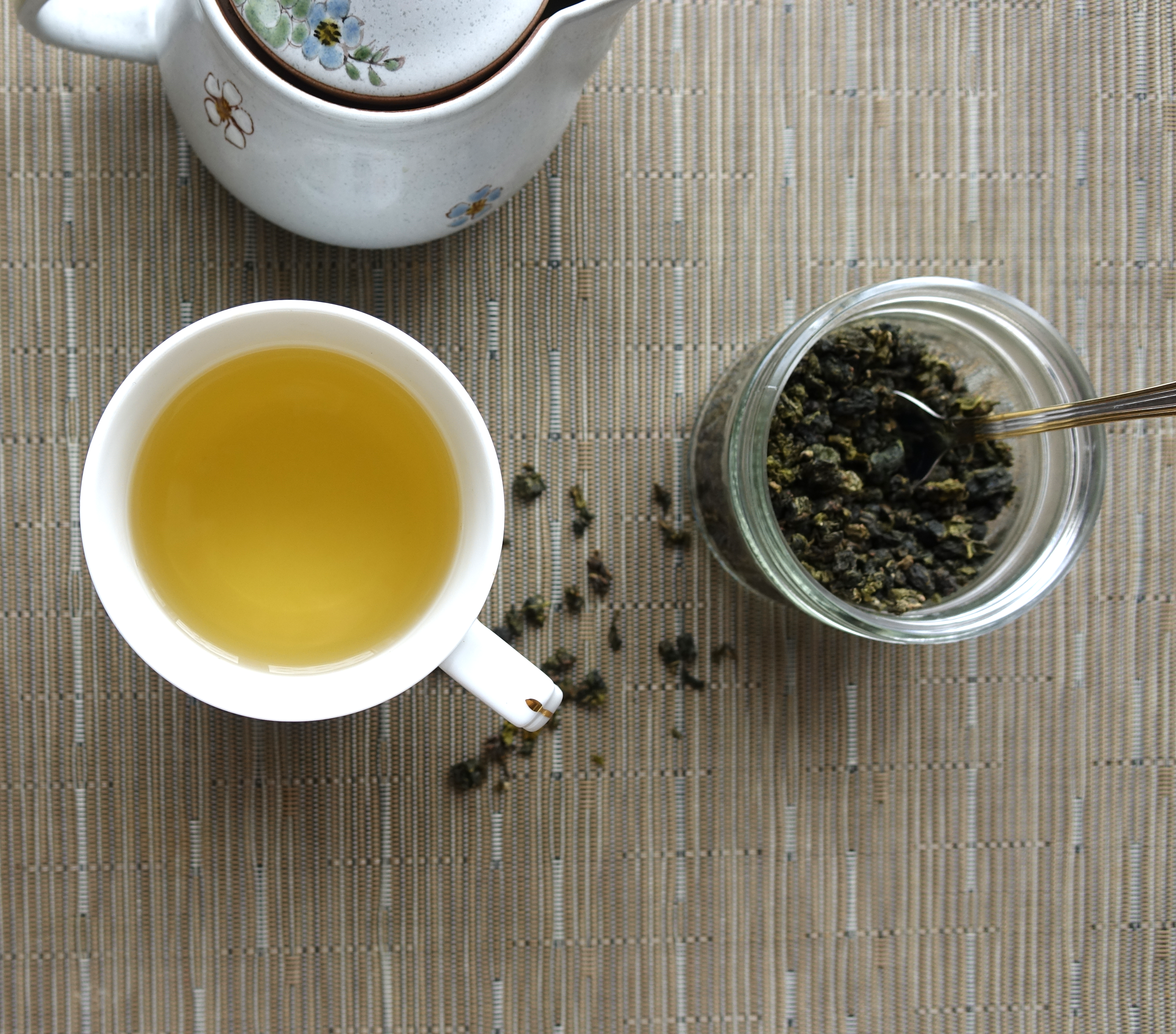
- Servings 2
- Prep time 10 min
Green Tea recipe is unique and distinct from brewing other types of tea. In this guide, we will delve into the essential craftiness that defines the taste and aroma of green tea – a beloved beverage many worldwide enjoy. From the temperature of the water to the steeping time, every step plays an important role in crafting the perfect cup.
INGRIDIENTS:
- 3 tsp. of green tea pearls or leaves
- Fresh lemon juice (optional)
- Filtered water
EQUIPMENT:
- A 360 ml teapot
- A tea strainer
- Start by boiling filtered water: Green tea is best brewed with water at a temperature of 70-80°C. To achieve this, boil the water and allow it to cool for a few minutes. This step is crucial as green tea leaves are tender and can become bitter if brewed with boiling water.
- Prepare the Tea Leaves: Add three teaspoons of green tea pearls or leaves to your teapot while the water cools.
- Rinse the Leaves: Once the water reaches the desired temperature, pour some into the teapot to cover the tea leaves. Drain this water after a few seconds. This initial rinse washes and softens the tea leaves, preparing them for brewing without releasing too much bitterness.
- Brew the Tea: Pour the hot water into the teapot again, covering the tea leaves. Let the tea brew for 5 to 10 minutes. The brewing time can be adjusted based on how strong or light you prefer your tea. Shorter brewing times produce a lighter flavor, while longer times offer a more pungent taste.
- Serve: After brewing, pour the tea into cups through a strainer and add lemon juice. Enjoy the delicate aroma and flavor of your freshly brewed green tea!
- Water Temperature: Remember, the key to a perfect cup of green tea lies in the water temperature. Too hot, and the tea becomes bitter; too cool, and it won’t brew properly.
- Quality of Tea: The quality of green tea leaves matters. Look for fresh, high-quality leaves or pearls for the best taste and aroma.
- Adjust to Taste: Feel free to experiment with the amount of tea and brewing time to find your perfect cup.
- Storage: Store your green tea leaves in a cool, dark place to preserve freshness.
Adding lemon juice to green tea is a common practice for several key reasons:
- Enhanced Flavor: Lemon juice adds a fresh, citrusy flavor to the tea, which many find pleasing. The tartness of lemon can help balance the sometimes bitter or grassy taste of green tea, making it more palatable and refreshing.
- Increased Absorption of Antioxidants: Green tea is rich in catechins, a type of antioxidant. Research suggests that the vitamin C in lemon juice can increase the body’s absorption of these catechins. The acidic environment created by lemon juice might help preserve these antioxidants during digestion, allowing the body to utilize them more effectively.
- Health Benefits: Both green tea and lemon are known for their health benefits. Green tea improves heart health, fat-burning, and brain function. Conversely, Lemon is rich in vitamin C and has been linked to benefits like boosting the immune system and improving skin quality. Combining them may enhance these benefits.
- Alkalizing Effect: Although acidic, lemon is considered alkalizing, which can help balance the body’s pH levels. Adding lemon to green tea may contribute to this alkalizing effect.
- Improves Iron Absorption: Lemon juice can increase the absorption of non-heme iron (the type of iron in plant-based foods) due to its vitamin C content, which can be particularly beneficial for vegetarians and vegans who might rely on plant sources for their iron intake.
- Soothing Effects: Many people find drinking warm beverages with lemon, like green tea, soothing, especially for the throat, which can be exceptionally comforting when under the weather.
Adding lemon juice to green tea can enhance the taste, increase the absorption of beneficial antioxidants, and provide additional health benefits. It’s a simple yet effective way to boost your tea’s nutritional value and enjoyment.

